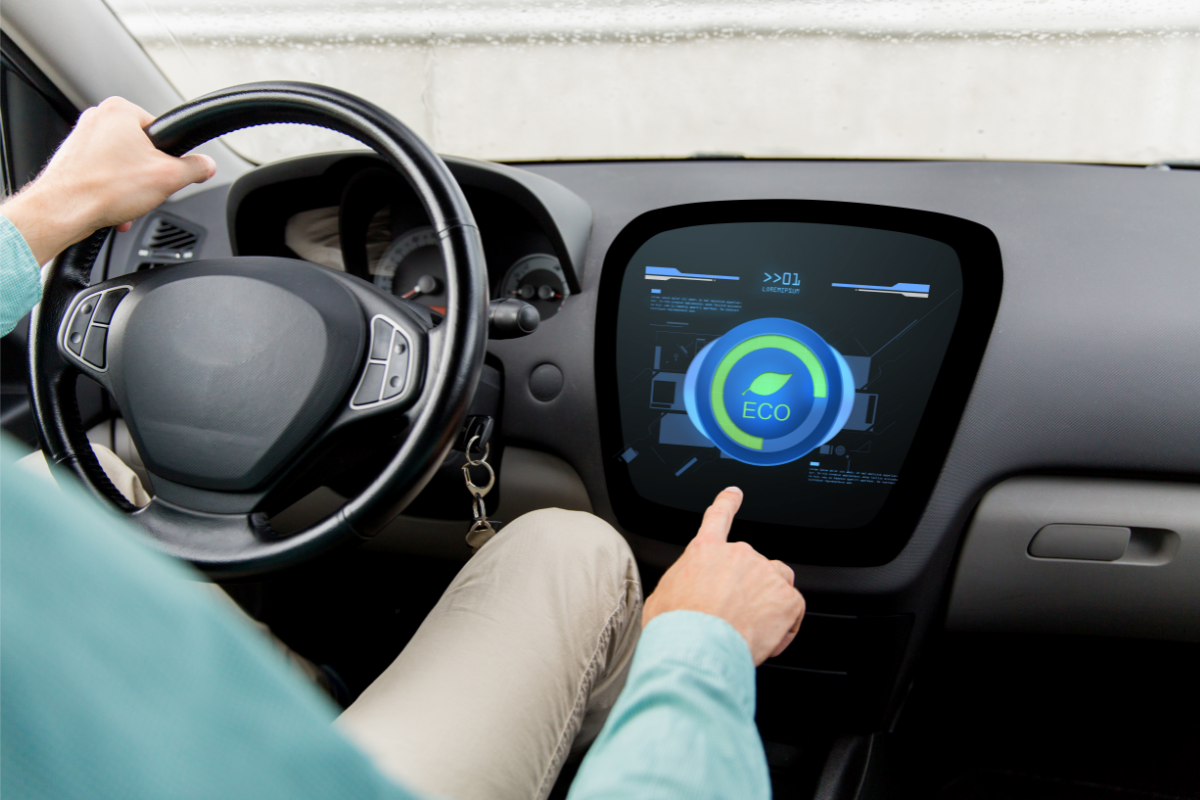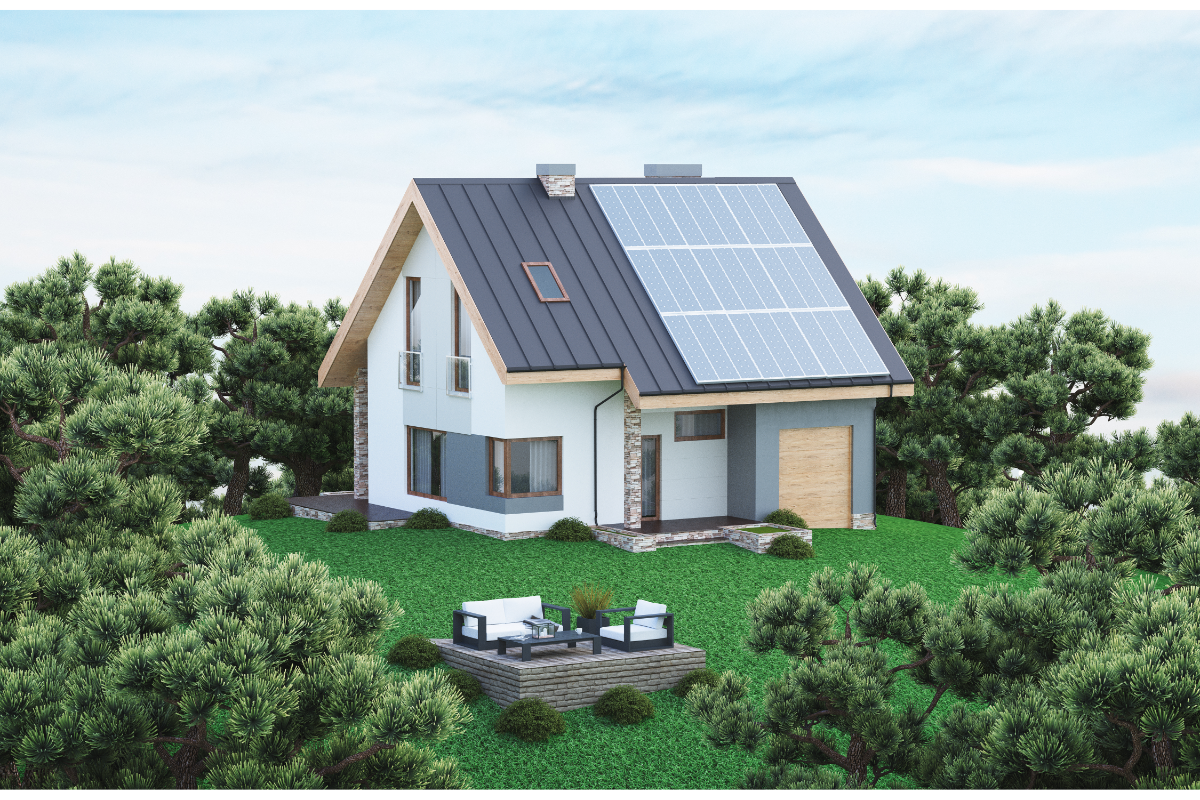How Energy Efficient Homes and Environmentally Friendly Driving Harmonize for a Greener Future

At Senergy Builders, we incorporate EV charging infrastructure in our construction projects. This infrastructure may include networked charging stations equipped with software for monitoring, payment processing, and scheduling charging sessions.
With the record breaking temperatures taking reign in summers of late, increase of wildfires in our beloved wildlife, and other accelerating alarming changes in the climate, it seems silly to ignore the obvious environmental degradation that’s happening before our very eyes.
The imperative for sustainable living, in all aspects of our day to day lives, has never been more pronounced. At
Senergy Builders, we build our homes in compatibility with not only energy efficient home appliances, but environmentally friendly driving practices.
How do we do this?
At Senergy Builders, we incorporate EV charging infrastructure in our construction projects. This infrastructure may include networked charging stations equipped with software for monitoring, payment processing, and scheduling charging sessions.
As the adoption of
electric vehicles continues to grow, the availability and accessibility of EV chargers play a crucial role in supporting the widespread adoption of electric transportation and reducing reliance on fossil fuels. We acknowledge this, and are always ready to incorporate it into your new home!
Now, let’s delve more into the symbiotic relationship between energy efficient homes and environmentally friendly driving, exploring their compatibility and synergistic potential in fostering a greener future. While these concepts may seem distinct, they are inherently interconnected, each contributing to a collective effort towards reducing carbon emissions and preserving our planet.
A Foundation for Sustainability through Energy Efficient Homes
Energy efficient homes serve as the cornerstone of sustainable living by minimizing energy consumption and reducing environmental impact. Through strategic design elements such as advanced insulation, high-efficiency appliances, and renewable energy integration, these homes significantly decrease reliance on fossil fuels for heating, cooling, and electricity. By optimizing energy use and minimizing waste, energy-efficient homes not only lower utility bills for homeowners but also mitigate carbon emissions and alleviate strain on natural resources.
Paving the Way to Greener Transportation through Environmentally Friendly Driving
In parallel, environmentally friendly driving practices play a pivotal role in reducing carbon emissions and combating air pollution. From hybrid and electric vehicles to carpooling, public transportation, and cycling, there exists a spectrum of options for minimizing the environmental footprint of transportation. By embracing fuel-efficient vehicles and alternative modes of travel, individuals can contribute to cleaner air, reduced traffic congestion, and decreased greenhouse gas emissions, thereby promoting a more sustainable transportation ecosystem.
The Intersection of Energy Efficient Homes and Environmentally Friendly Driving
While energy efficient homes and environmentally friendly driving may appear distinct, they share a common goal: minimizing environmental impact and promoting sustainability. This convergence creates a fertile ground for synergy, where the benefits of one domain complement and amplify those of the other.
Reduced Carbon Footprint
Energy efficient homes and environmentally friendly driving collectively contribute to a significant reduction in carbon emissions. By minimizing energy consumption in the home and opting for low-emission transportation alternatives, individuals can substantially lower their overall carbon footprint, thereby mitigating climate change and preserving ecosystems.
Cost Savings
Both energy-efficient homes and environmentally friendly driving practices offer tangible cost savings for individuals. Energy-efficient homes lead to lower utility bills over time, while fuel-efficient vehicles and alternative transportation options reduce fuel expenses and maintenance costs. By adopting a holistic approach to sustainability, individuals can achieve financial savings while promoting environmental stewardship.

Health and Well-being
Energy-efficient homes and environmentally friendly driving contribute to improved health and well-being for individuals and communities. By reducing air pollution and minimizing exposure to harmful emissions, these practices help create cleaner, healthier living environments. Moreover, active transportation options such as walking and cycling promote physical activity and enhance overall fitness levels, fostering a culture of wellness and vitality.
Resilience and Adaptation
In the face of climate change and resource scarcity, energy-efficient homes and environmentally friendly driving promote resilience and adaptation. By reducing energy dependency and embracing sustainable transportation solutions, individuals can better withstand the impacts of environmental disruptions such as extreme weather events and resource shortages. Moreover, decentralized energy systems and resilient transportation networks enhance community resilience and foster self-reliance in the face of uncertainty.
EV Chargers
EV chargers, or electric vehicle chargers, are devices designed to recharge the batteries of electric vehicles (EVs). These chargers come in various types and configurations to accommodate different charging needs and environments.
Generally, there are three main types of EV chargers:
Level 1 Chargers
These chargers typically operate on a standard household electrical outlet (120 volts AC) and provide the slowest charging rate. Level 1 chargers are convenient for overnight charging at home and are often included with the purchase of an electric vehicle.
Level 2 Chargers
Level 2 chargers operate on a 240-volt electrical circuit, similar to those used for large appliances like electric dryers or stoves. They offer faster charging rates compared to Level 1 chargers, making them suitable for home charging stations and public charging infrastructure.
DC Fast Chargers (Level 3 Chargers)
DC fast chargers deliver high-power DC electricity directly to the vehicle's battery, allowing for rapid charging. These chargers are commonly found along highways and in commercial areas, enabling EV drivers to quickly recharge their vehicles during longer journeys.
Choose Senergy Builders
Energy efficient homes and environmentally friendly driving represent integral facets of sustainable living, each contributing to a broader vision of environmental stewardship and resilience. By harnessing the synergies between these domains, individuals can maximize their impact on reducing carbon emissions, promoting resource conservation, and fostering a greener future for generations to come. As we strive towards a more sustainable society, let us embrace the harmonious convergence of energy efficient homes and environmentally friendly driving as catalysts for positive change.
At Senergy Builders, we take pride in our energy efficient homes, but also in our ability to incorporate other ways of environmentally friendly living into our homes. As our world changes, this kind of adaptation is more crucial than ever.
Join us in shaping a greener future and adapting a more energy efficient lifestyle for a happier and healthier Grand Junction area. To learn more, contact us at 970.248.8500.
You might also like




